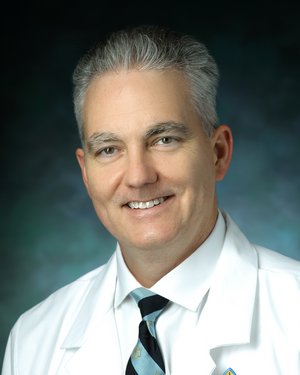Selected Publications
Clark JH, Lin FR, Salaria SN, Stewart CM, Francis HW. Malignant otitis externa caused by Aspergillis fumigates: A Case Report. Otology & Neurotology, in Proof
Stewart CM, Kasamon Y. Self-medication and intractable cough. J Hosp Med, April 2010;5(4):E30
Stewart CM, Stewart R, Feldman L. Skin Abscess Related to Intravenous Drug Use. Advanced Studies in Medicine. April 2006; 6(4): 197
Stewart CM, Mustari MJ, and Perachio AA. Visual-vestibular interactions during vestibular compensation: role of the pretectal NOT in hVOR recovery after hemilabyrinthectomy in rhesus monkey. Journal of Neurophysiology 94(4), 2653-2666, 2005
Stewart CM, Fahlen MT, Aristimuno, PC. Life-threatening hypercalcemia after rhabdomyolysis-induced acute renal failure: successful treatment with continuous veno-venous dialysis. Resident & Staff Physician (2005:12), 131-133, 2005
Stewart CM, Newlands SD, Perachio AA. Spike detection, characterization, and discrimination using feature analysis software written in LabVIEW. Computer Methods and Programs in Biomedicine 76(3), 239-251, 2004
Newlands SD, Vrabec JT, Purcell IM, Stewart CM, Zimmerman BE, Perachio AA. Central projections of the saccular and utricular nerves in the macaque. Journal of Comparative Neurology 466(1), 31-47, 2003
Hardcastle VG, and Stewart CM. Neuroscience and the art of single cell recordings. Biology and Philosophy 18, 195-208, 2003
Newlands SD, Divi V, Stewart CM. Mixed myxoid/round cell liposarcoma of the scalp. American Journal of Otolaryngology, 24(2), 121-127, 2003
Hardcastle VG, and Stewart CM. Neuroscientific data. Philosophy of Science, 69, S72-S82, 2002


Patient Ratings & Comments
The Patient Rating score is an average of all responses to physician related questions on the national CG-CAHPS Medical Practice patient experience survey through Press Ganey. Responses are measured on a scale of 1 to 5, with 5 being the best score. Comments are also gathered from our CG-CAHPS Medical Practice Survey through Press Ganey and displayed in their entirety. Patients are de-identified for confidentiality and patient privacy.